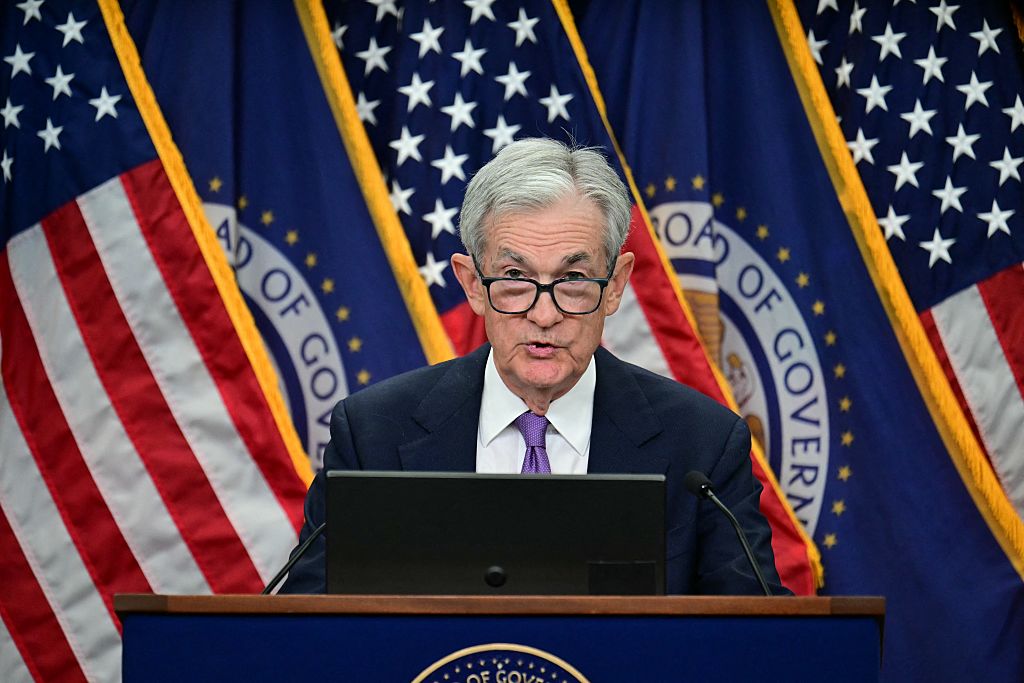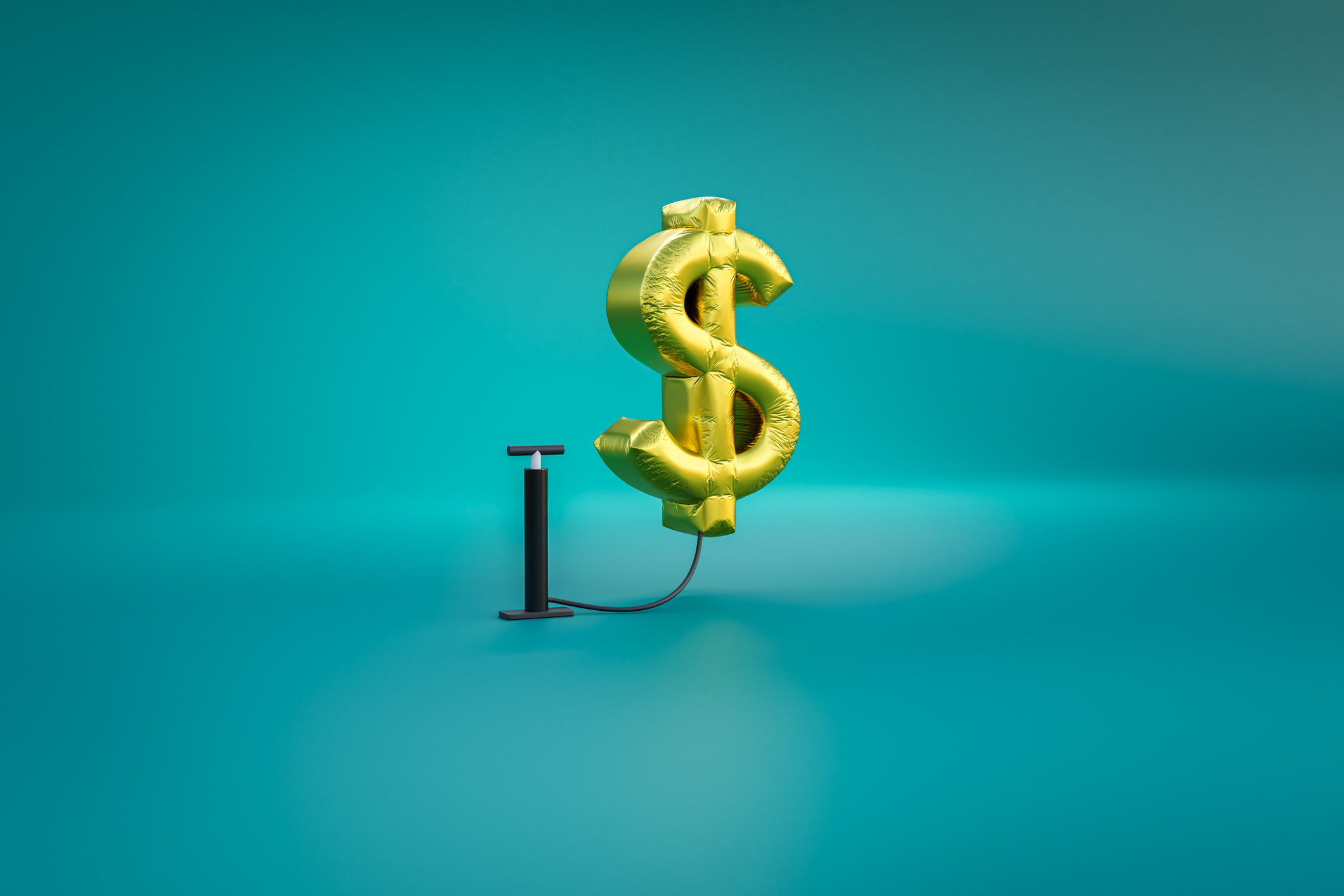ETFs Are Now Mainstream. Here's Why They're So Appealing.
ETFs offer investors broad diversification to their portfolios and at low costs to boot.


Long gone, says Jason Bloom, head of alternatives and fixed income ETF strategy at Invesco, are the days when he had to explain to investors what ETFs are and how they work. "ETFs are mainstream," he says.
Wealth managers incorporate these securities, which trade like stocks but hold baskets of investments the way mutual funds do, into client portfolios as often as they include stocks, bonds and mutual funds.
Tracy S. Burke, a partner and investment consultant at the asset management firm Conrad Siegel, in Harrisburg, Pennsylvania, favors ETFs over mutual funds in taxable accounts. Because of the way ETFs are structured, holding these types of securities in a taxable account will likely generate less tax liability than holding similarly structured mutual funds in the same account. "We use ETFs in our practice – and pretty heavily, in fact," says Burke.
From just $107.88 $24.99 for Kiplinger Personal Finance
Become a smarter, better informed investor. Subscribe from just $107.88 $24.99, plus get up to 4 Special Issues

Sign up for Kiplinger’s Free Newsletters
Profit and prosper with the best of expert advice on investing, taxes, retirement, personal finance and more - straight to your e-mail.
Profit and prosper with the best of expert advice - straight to your e-mail.
Insurance and pension fund asset managers use them, too. "It's easier for an insurance company to buy a basket of bonds in an ETF than it is to build their own basket, security by security," says Johnson.
And it's worth noting that the Federal Reserve relied on ETFs as a way to buttress the bond market during the early 2020 selloff. The central bank invested billions in index-based ETFs in a variety of bond sectors, including government bonds, corporate debt and mortgage-backed securities.
Traditional mutual fund companies continue to branch into the ETF market. The latest: Capital Group, the investment firm behind the American Funds brand of mutual funds, launched six actively managed ETFs in February, including one fixed-income core strategy, three stock funds focused on the U.S., and two foreign-stock ETFs.
Though practically ubiquitous, ETFs are still evolving. In their early days, these funds tracked broad, well-known indexes. Then came smart-beta funds, or ETFs that track customized benchmarks with the aim to beat the traditional bogeys. Now, actively managed ETFs are emerging. Active ETFs accounted for nearly half of all new fund launches over the past 18 months, according to Morningstar. What's more, for the third year in a row, new ETFs outnumbered new mutual fund launches.
What hasn't changed are the reasons ETFs are so appealing. These funds are typically low cost, and they trade commission-free at most brokerage firms. They're also more tax-efficient than mutual funds. They are less likely to generate capital gains distributions like mutual funds do, for a start, though you'll still owe taxes on any gains you pocket when you sell.
As with stocks, you can execute a trade to buy and sell shares in an ETF at any time during the trading day. You can even sell them short or trade options tied to ETFs.
And ETFs are nimble. With one ETF, you can invest in an entire market, such as U.S. stocks or European stocks. Or you can target a small pocket of the market – cloud-computing stocks or cryptocurrency-related shares, say, or a sector, such as energy. Or you can home in on a particular investing factor, such as value-priced shares or high-quality companies.
"The average investor is familiar with ETFs and has been investing in ETFs for some time now," says Todd Rosenbluth, head of research at ETF data and analytics firm VettaFi. "Now they"re comfortable embracing funds that might be more narrowly constructed."
3 Rules for Buying and Selling ETFs
It's easy to buy and sell shares in exchange-traded funds, buy it pays to heed a few rules.
Use a limit order. Limit orders allow you to specify the price at which you are willing to buy and sell shares. Enter an ETF symbol in your online broker's trading ticket and you'll see a bid price (the highest price a buyer is willing to pay) and an ask or offer price (the lowest price a seller is willing to accept).
Popular, widely traded ETFs typically have a narrow gap between bid and ask prices. On a day in mid June, for instance, the difference between the bid and the ask (the bid-ask spread) for the iShares Core S&P 500 ETF (IVV) – a member of the Kip ETF 20, our favorite low-cost exchange-traded funds – was 4 cents. But spreads can widen when markets get choppy, says Morningstar's Ben Johnson. Setting a limit order ensures that you buy or sell at the price you want. "You're guaranteed that price or better," he says.
Keep an eye on the fund's premium/discount. ETFs have a market price, like stocks, but they also have a net asset value (the value of the underlying securities in the fund), like mutual funds. The premium/discount is a measure of the difference between the market price and the ETF's NAV.
The ETF trades at a premium if the share price rises above the NAV, and it trades at a discount if the share price falls below the NAV. Popular funds typically sport a tiny premium/discount. The one-month rolling average premium/discount on iShares Core S&P 500, for instance, was 0.01% in mid June.
Time your trades well. Avoid trading in the first or last half-hour of any given trading day, because price volatility tends to rise at those times. And never buy or sell when the market is closed.
Profit and prosper with the best of Kiplinger's advice on investing, taxes, retirement, personal finance and much more. Delivered daily. Enter your email in the box and click Sign Me Up.

Nellie joined Kiplinger in August 2011 after a seven-year stint in Hong Kong. There, she worked for the Wall Street Journal Asia, where as lifestyle editor, she launched and edited Scene Asia, an online guide to food, wine, entertainment and the arts in Asia. Prior to that, she was an editor at Weekend Journal, the Friday lifestyle section of the Wall Street Journal Asia. Kiplinger isn't Nellie's first foray into personal finance: She has also worked at SmartMoney (rising from fact-checker to senior writer), and she was a senior editor at Money.
-
 The Santa Claus Rally Officially Begins: Stock Market Today
The Santa Claus Rally Officially Begins: Stock Market TodayThe Santa Claus Rally is officially on as of Wednesday's closing bell, and initial returns are positive.
-
 How to Leave Different Amounts to Adult Children Without Causing a Rift
How to Leave Different Amounts to Adult Children Without Causing a RiftHere’s how to leave different amounts to adult children without causing a family rift.
-
 My Retirement Learning Curve, 1 Year In
My Retirement Learning Curve, 1 Year InA retiree checks in with what they wish they knew early on and what they've changed about their plan one year in.
-
 The November CPI Report Is Out. Here's What It Means for Rising Prices
The November CPI Report Is Out. Here's What It Means for Rising PricesThe November CPI report came in lighter than expected, but the delayed data give an incomplete picture of inflation, say economists.
-
 The Delayed November Jobs Report Is Out. Here's What It Means for the Fed and Rate Cuts
The Delayed November Jobs Report Is Out. Here's What It Means for the Fed and Rate CutsThe November jobs report came in higher than expected, although it still shows plenty of signs of weakness in the labor market.
-
 December Fed Meeting: Updates and Commentary
December Fed Meeting: Updates and CommentaryThe December Fed meeting is one of the last key economic events of 2025, with Wall Street closely watching what Chair Powell & Co. will do about interest rates.
-
 What Fed Rate Cuts Mean For Fixed-Income Investors
What Fed Rate Cuts Mean For Fixed-Income InvestorsThe Fed's rate-cutting campaign has the fixed-income market set for an encore of Q4 2024.
-
 The Delayed September Jobs Report Is Out. Here's What It Means for the Fed
The Delayed September Jobs Report Is Out. Here's What It Means for the FedThe September jobs report came in much higher than expected, lowering expectations for a December rate cut.
-
 October Fed Meeting: Updates and Commentary
October Fed Meeting: Updates and CommentaryThe October Fed meeting is a key economic event, with Wall Street turned into what Fed Chair Powell & Co. did about interest rates.
-
 The Delayed September CPI Report is Out. Here's What it Signals for the Fed.
The Delayed September CPI Report is Out. Here's What it Signals for the Fed.The September CPI report showed that inflation remains tame – and all but confirms another rate cut from the Fed.
-
 Banks Are Sounding the Alarm About Stablecoins
Banks Are Sounding the Alarm About StablecoinsThe Kiplinger Letter The banking industry says stablecoins could have a negative impact on lending.